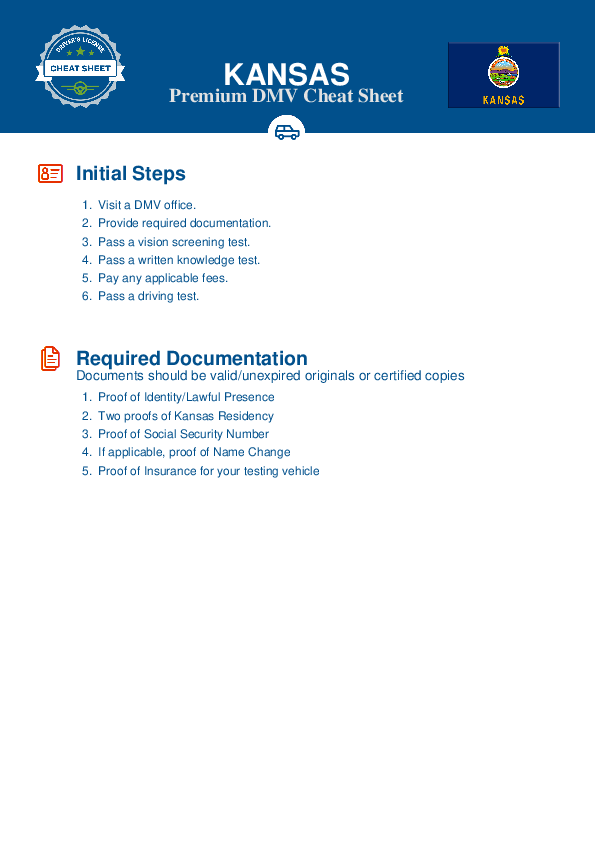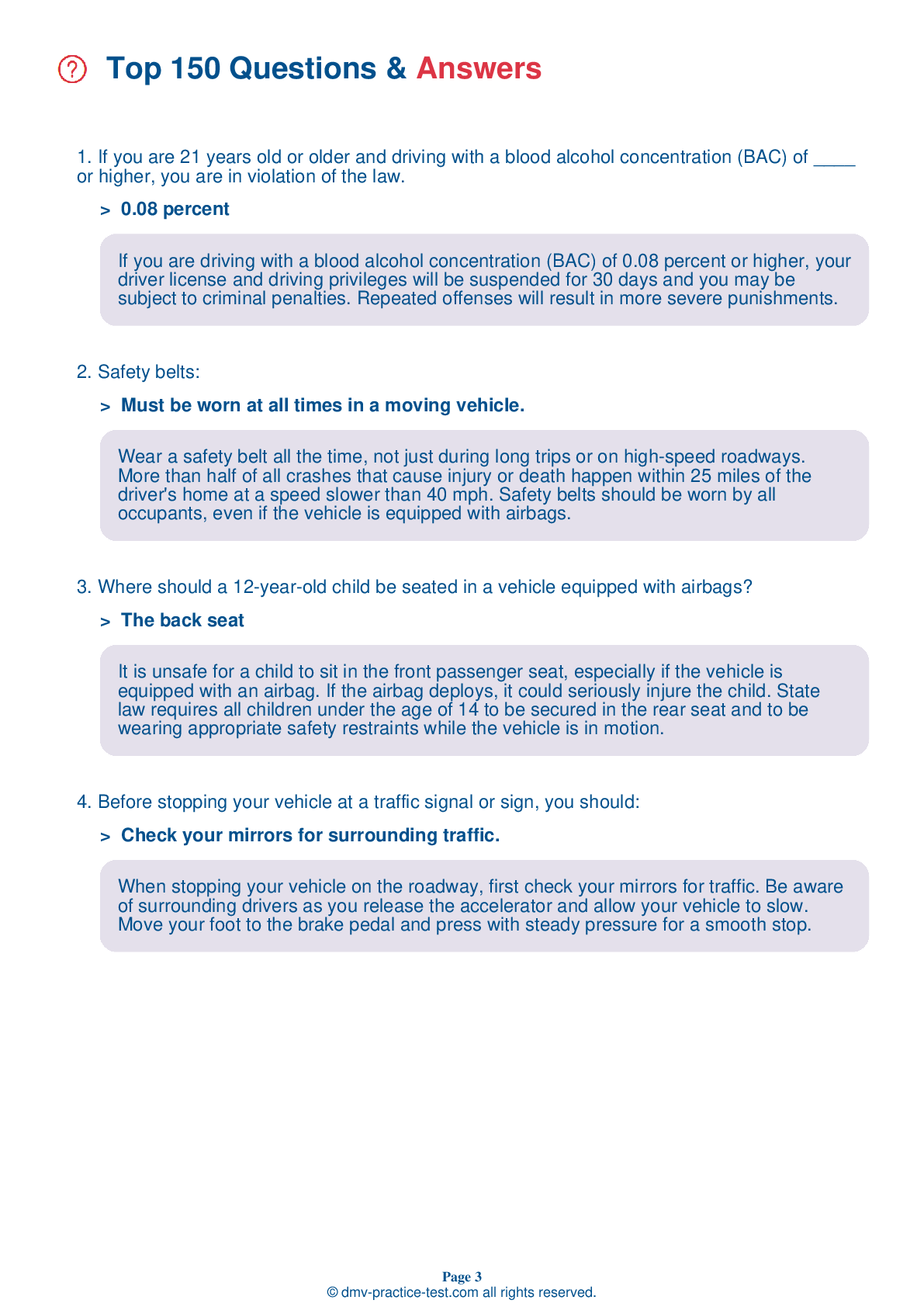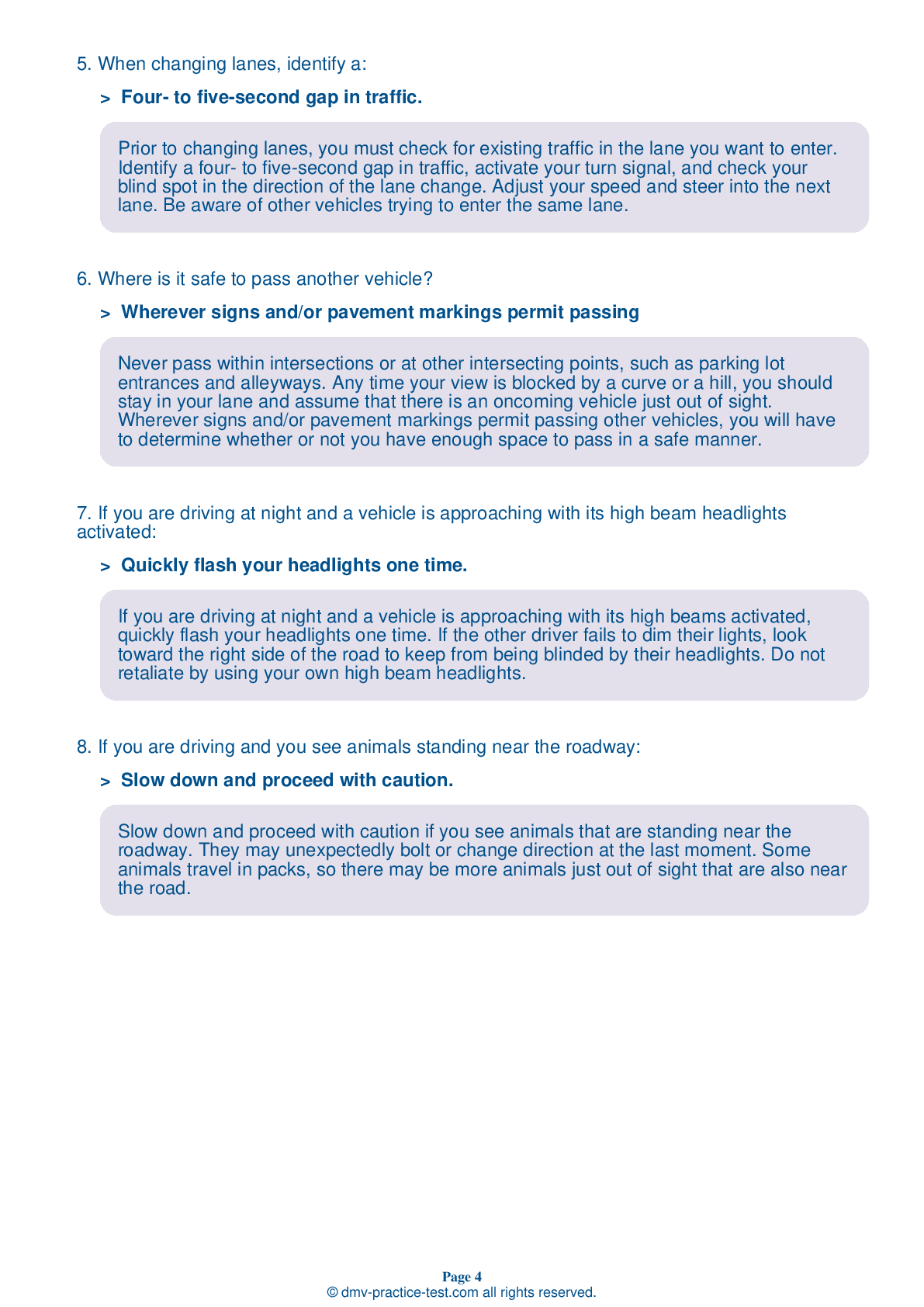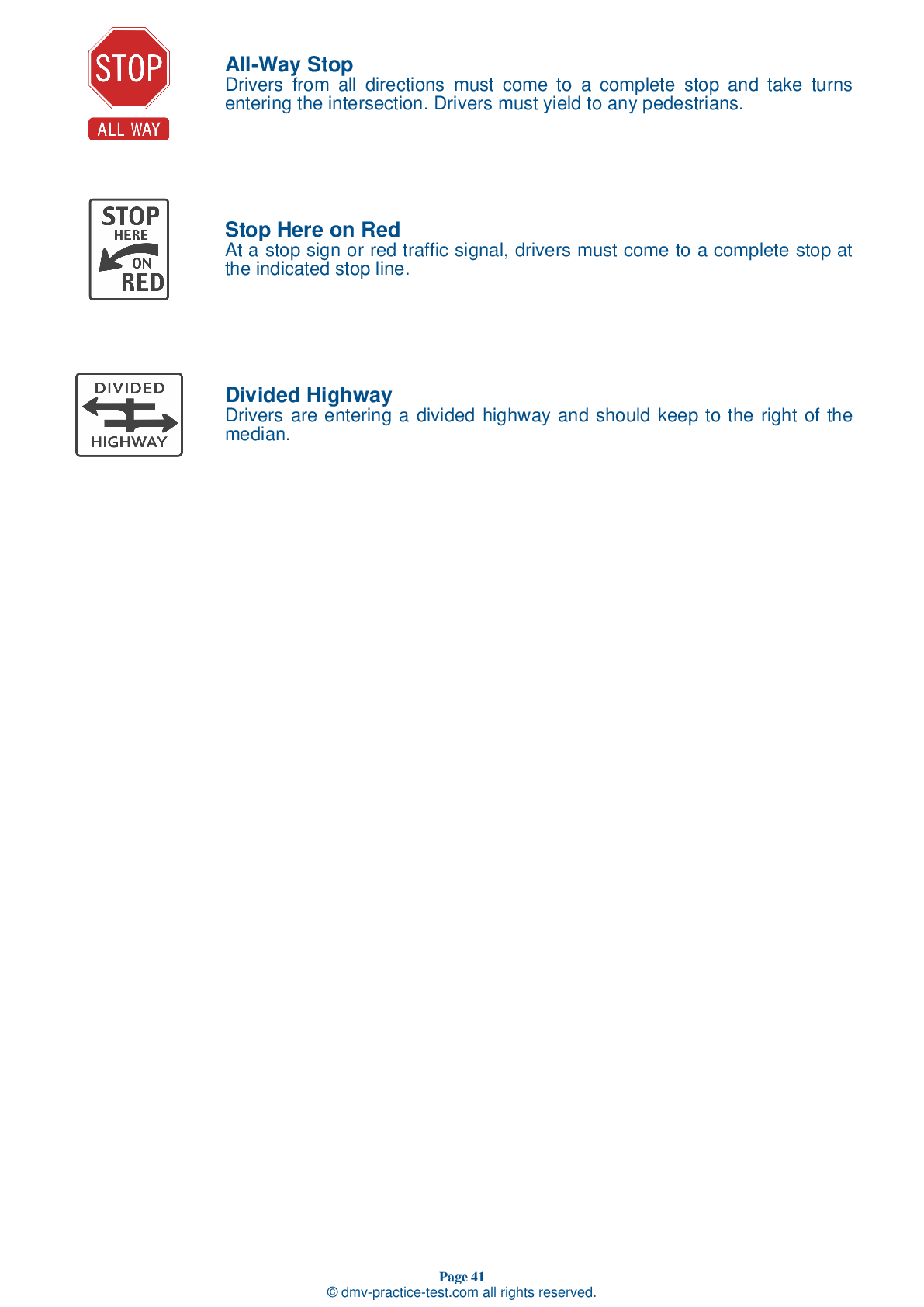FREE Kansas DMV Practice Test #10 Page 2 of 3
In Kansas, the DMV practise tests have been revised for January 2025. It includes questions based on the Kansas Driver Handbook's most essential traffic signals and regulations for 2025. Use actual questions that are very similar (often identical!) to the DMV driving permit test and driver's licence exam to study for the DMV driving permit test and driver's licence exam.
On the practise exam, each question gets a tip and explanation to help you remember the concepts. The written component of the official Kansas DMV test will include questions about traffic rules, traffic signs, and driving statutes, as well as information from the Driver Handbook.
To obtain a passing grade, you must correctly answer 20 of the 25 questions. Take our DMV practise exam to help you prepare for your Kansas instruction permit or driver's licence.
The DMV exam is available in several languages.
Using any kind of testing assistance will result in an automatic fail, and the DMV may take additional action against your driver's licence, so stay away from it.
9 . A steady yellow traffic signal light is a warning that the light is about to change to red. If you are already within the intersection when a green light changes to yellow, you should:
If you are already within an intersection when the traffic light turns yellow, you should clear the intersection as quickly as possible.
10 . You must yield to a pedestrian using a white cane or guide dog:
Pedestrians who use guide dogs or white canes (with or without a red tip) must be given the right-of-way at all times.
11 . Before stopping your vehicle at a traffic signal or sign, you should:
When stopping your vehicle on the roadway, first check your mirrors for traffic. Be aware of surrounding drivers as you release the accelerator and allow your vehicle to slow. Move your foot to the brake pedal and press with steady pressure for a smooth stop.
12 . While driving at night, a vehicle coming toward you has its high beams on, making it hard for you to see the road ahead. You should:
If an oncoming driver fails to dim their high beams, you should avoid looking directly at the headlights. Instead, look toward the right edge of your lane and watch the oncoming vehicle out of the corner of your eye.
14 . This sign shows one type of:
.png)
Warning signs are usually yellow with black markings. This sign warns that your current road ends at an intersection straight ahead. Slow down and prepare to yield or stop before turning right or left.
15 . This sign means:
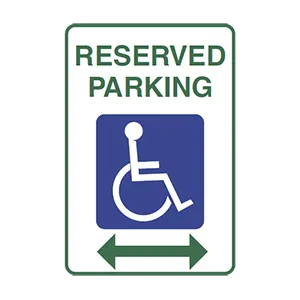
This sign indicates parking spaces that are reserved for vehicles displaying Persons with Disabilities license plates, Disabled Veteran license plates, and/or disabled parking placards.
16 . This sign indicates that the road ahead:
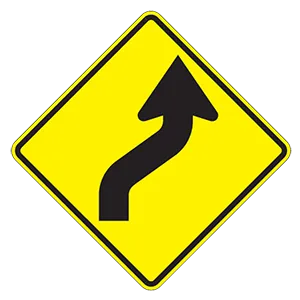
This sign warns of a reverse curve in which the road curves to the right, then to the left.
Need Car Insurance? No problem!
Compare the best rates in Kansas and find a personalized policy that meets your needs.
1. Are You Currently insured ?
2. Married ?
3. Do you own your Home?
4. Do you have more than 1 car ?
5. Have you or a Family Member Honorably Served in U.S. Military ?
6. Your Name
7. Age
8. Zip code
IMPORTANT REMINDER:Auto Insurance is Mandatory to drive in Kansas. Get covered before you hit the road to avoid any fines.
Ranked by best match
